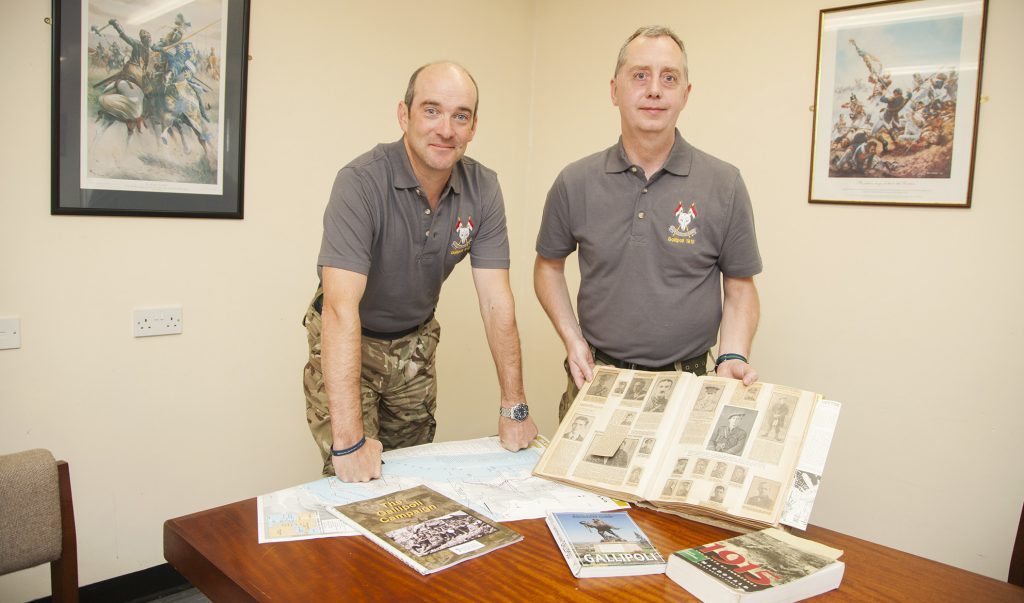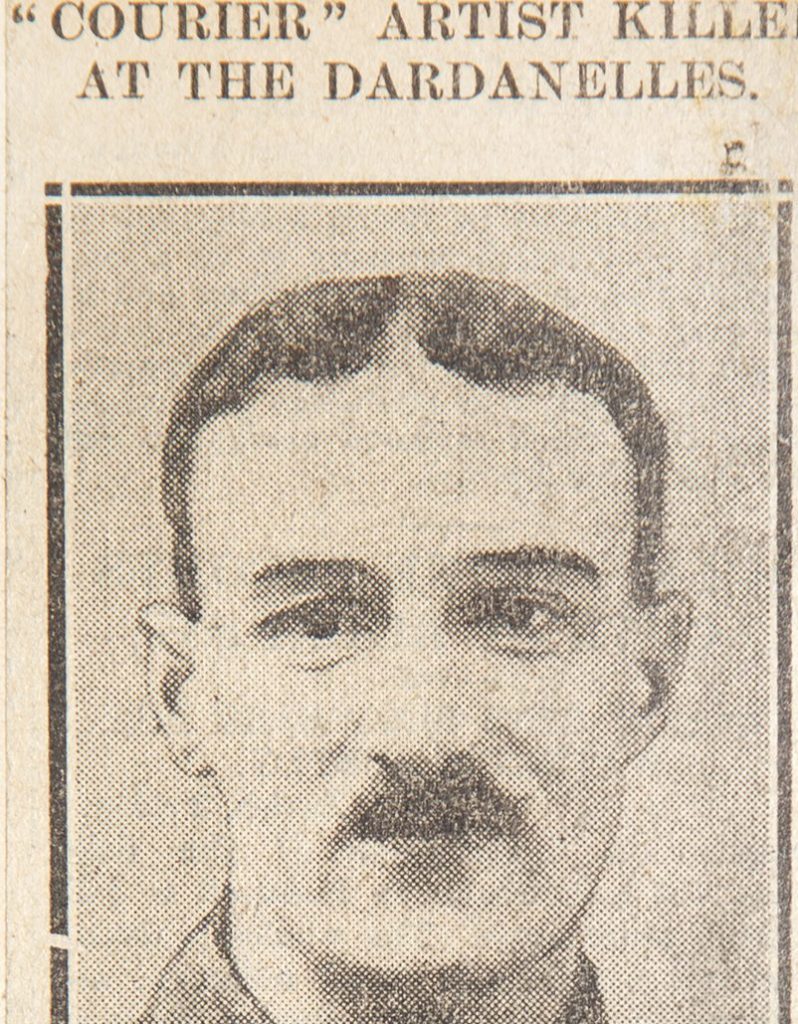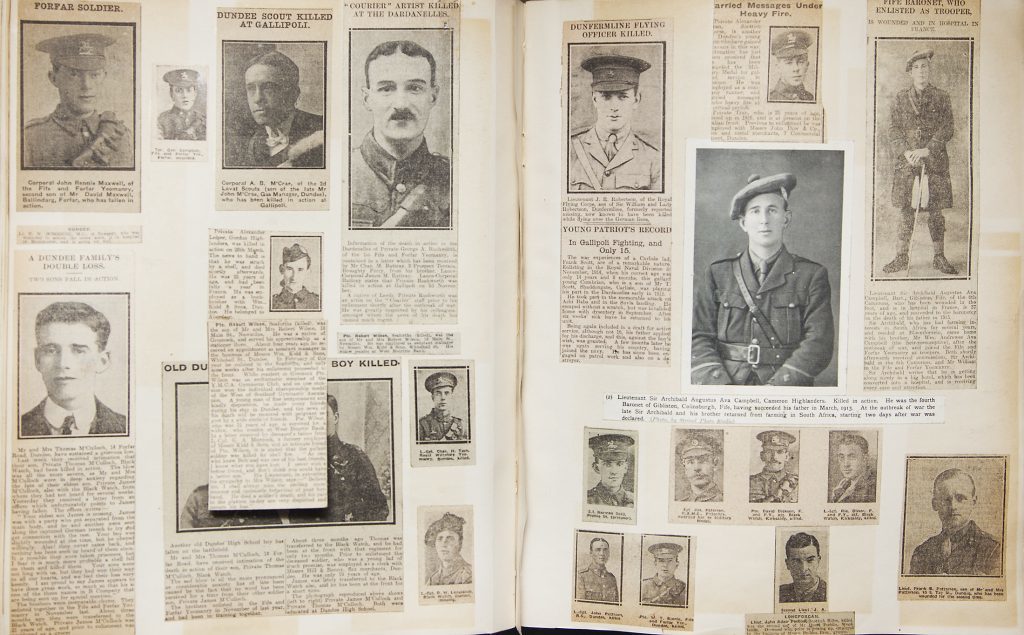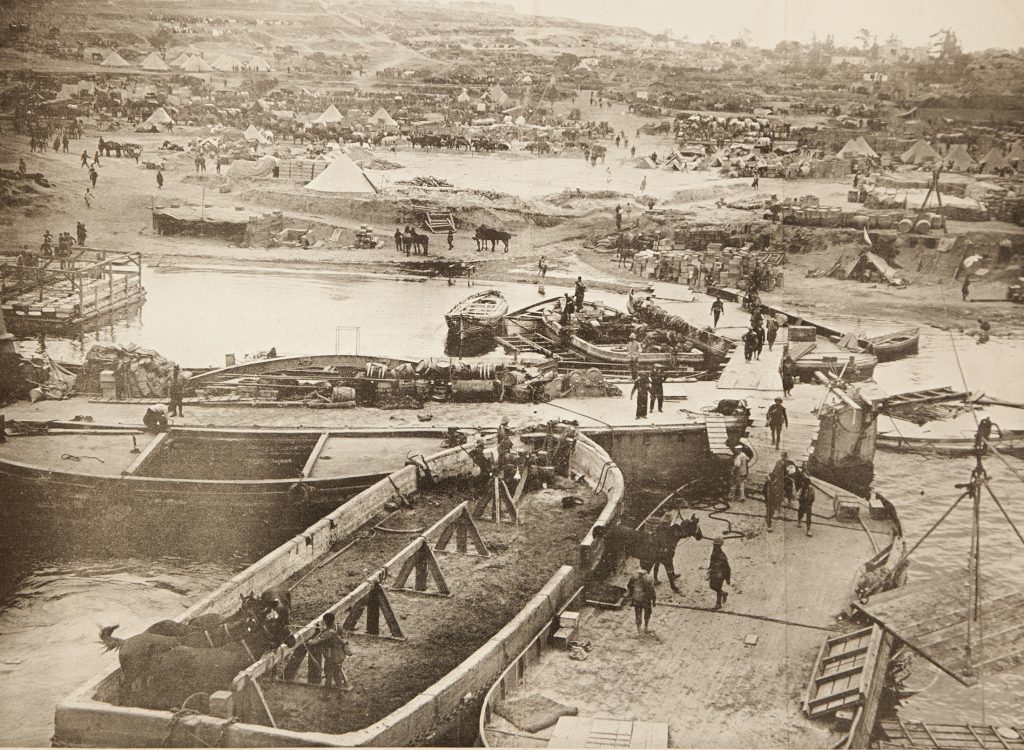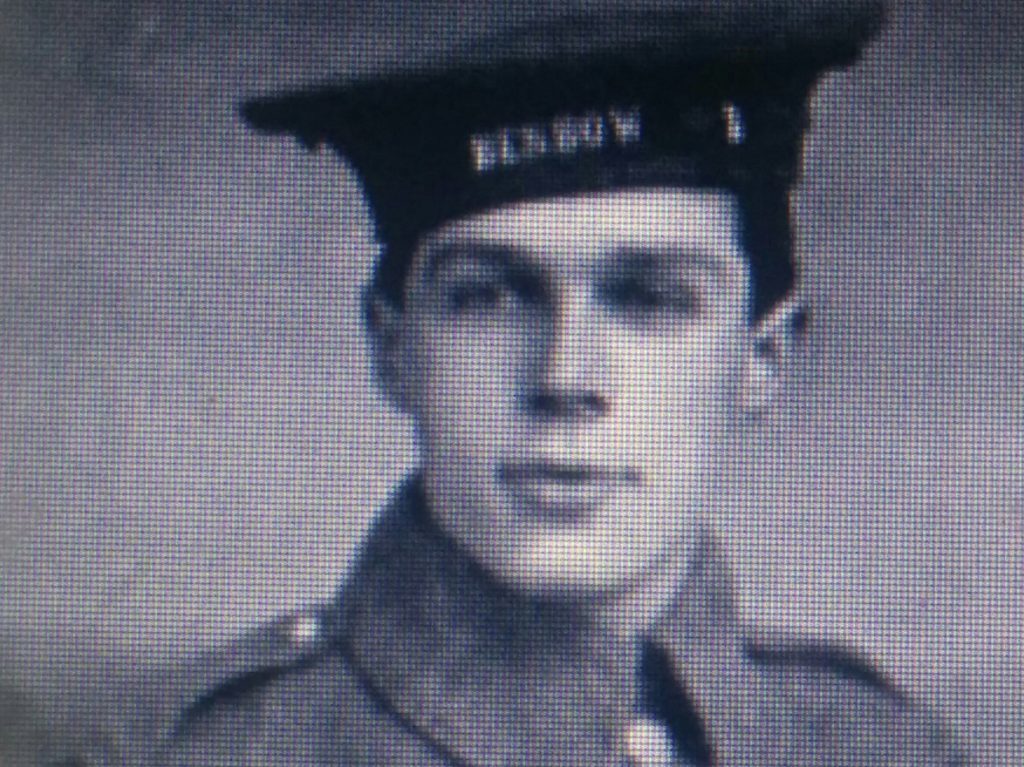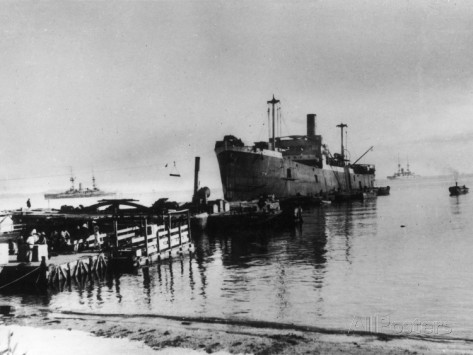Army Reservists attached to the Cupar-based Scottish and North Irish Yeomanry have travelled to Turkey to commemorate the hundreds of Fife and Forfar Yeomanry men who died at Gallipoli more than 100 years ago. MICHAEL ALEXANDER found out more.
Courier artist Private George Alexander Rushworth had been dead for three weeks when news of his passing was reported in the newspaper for which he worked.
A small article and photograph published in The Courier on November 23, 1915, confirmed that he had been killed in action at the Dardanelles, Turkey, on November 2, whilst serving with the 1st Fife and Forfar Yeomanry.
The article reported how Private Rushworth was “greatly respected” by his Courier colleagues amongst whom the news of his death has caused “much regret”.
Now, more than a century later, a group of 20 modern day Army Reservists attached to the Scottish and Northern Irish Yeomanry (SNIY) – of which the former Fife and Forfar Yeomanry is now part – have travelled to the Dardanelles for the first time to pay tribute to Private Rushworth and the hundreds of other Fife and Forfar Yeomanry men who were lost during the First World War’s ill-fated Gallipoli campaign.
As well as visiting some of the battlefields where so many young men, on both sides, were slain, the group, joined by two members of their paired squadron – the Royal Scots Dragoon Guards at Leuchars – are learning about the tactics used by the British military at the time, thinking about their relevance today, and paying their respects at the Helles Memorial in Turkey.
Members of the SNIY were training at Barry Buddon near Carnoustie when The Courier caught up with the regiment’s commanding officer, Lieutenant Colonel James Campbell-Barnard, to find out more about the five-day battlefield study, which will be paid for by the Ministry of Defence.
One of the best ways to get a feel for the history is to read through some of the newspaper reports from the time.
And it’s this priceless resource that the SNIY have in the form of a scrapbook – normally kept at the regiment’s headquarters in Cupar – which collates the human stories and details of the losses.
Headlines include ‘Dundee family’s double loss’, Dunfermline flying officer killed’ and ‘Forfar soldier lost’.
Other casualties came from places like St Andrews, Lochgelly and Aberfeldy.
“One of the big myths about Gallipoli is that it was all about the sacrifice of the first ANZAC – the Australian and New Zealand Army Corps, “ explained Lieutenant Colonel Barnard-Campbell
“But while they did suffer heavy losses, few will realise that far more British soldiers died in the ill-fated campaign.
“The Fife and Forfar Yeomanry had 82 officers and 617 other ranks at the Mudros staging area ahead of their involvement in the landings of August 1915. “Yet within three months their effective strength dwindled to just eight officers and 125 other ranks.
“Many of these were lost to disease, flooded trenches and a lack of fresh drinking water.
“And they were all local people from the Tayside/Fife areas. The Scottish Horse, which recruited from Dunkeld up towards Aberdeen, also suffered heavy losses.”
Gallipoli is the most frequently used name for the peninsula to the west of the Dardenelles Straits, and the fighting that took place there between British and French troops of the Allies against Turkish troops between April 1915 and January 1916.
Despite pre-war Naval planning suggesting a passage of the Dardanelles Straits was impossible, the lure of attacking Germany ‘by the back door’ proved irresistible.
It was a disastrous move that cost the lives of more than 21,000 British soldiers with another 198,000 wounded.
A total of 8,709 Australians died and 2,707 New Zealanders gave up their lives.
Yet for Britain, Gallipoli was only a small – and unsuccessful – part of a large war and its legacy was overshadowed by the achievements and horrors of the western front in the ensuing three years.
Captain Alex Nairn, 49, who has been with the army reserves for almost 30 years, said this was a poignant time to pay tribute to the Fife and Forfar Yeomanry men, whose role was light cavalry – yet who found their job change to infantry as they approached the battle front.
The Dundee-based Department of Work and Pensions employee has a particular interest in Private Rushworth’s story as his own grandfather Alex Elder worked for Courier publisher DC Thomson & Co Ltd for many years, whilst his great grandfather fought at the Somme.
“The Fife and Forfar Yeomanry men trained for 13 months on horseback,” he explained.
“They left their horses behind and took their saddles – presumably expecting to get new horses when they arrived.
“But when they got half way across, they were then suddenly given infantry webbing and equipment that they’d never even seen before.
“They had a little bit of training at Mudros before they were thrown right into the thick of it at A Beach and C Beach at Suvla Bay.”
Captain Nairn explained the British aim was to get to Constantinople, take Turkey out the war and get munitions into Russia. Unfortunately the British lost a third of their naval fleet going through minefields. They then decided a land war was needed.
However, the battle hardened Turks had plenty time to prepare and simply realised all they needed to do was hold on to the high ground above the beach landing points.
Captain Nairn added: “I read one extract about 150 Turks holding off 2000 British. “They just slaughtered everyone as they came off the ships.
“The Turks after all were defending their homeland and were prepared to fight hard. It’s really sad how it all went horribly wrong for the British.
“When you look at the history it’s quite morose. It wasn’t ‘home for tea and medals’.
“They went through sheer hell. It’s just trying to feed this down to the younger generation so that it’s not forgotten about.”
Lt Col Barnard-Campbell said honours are “huge” for the regiment. But whilst it’s vital to look forward, it was also vital to never forget the past.
“We’ve got to remember what sacrifices these men did and hope that this or future generations will never have to experience those hardships, “he says.
“Today, we send guys to Afghanistan and Iraq, full of enthusiasm, keen to put their training into practice. It’s a reminder that these guys at Gallipoli were also fighting for king and country and a reminder that whilst the army reserve is fun and enjoyable, there is purpose behind it.”
Others who died at Gallipoli in 1915 included Able Seaman James Graham Alexander, of St Andrews, who served with Nelson Battalion, Royal Naval Division, Royal Naval Volunteer Reserve.
His story was told in the recently republished Madras College year book of 1916.
In July 1914, the Admiralty mobilised the Royal Naval Volunteer Reserve, and James Graham Alexander was posted to the Benbow Battalion of the Royal Naval Division.
On March 18, 1915, an Allied force began landing on the Gallipoli Peninsula.
By May 4 the Royal Naval Division was ashore at Cape Helles, where it was based for the remainder of the campaign.
The ability of the Turkish forces to defend their positions had been underestimated, and as well as sustaining casualties in action, the Allies lost men to diseases such as dysentery.
After sustaining heavy losses on June 4, the Royal Naval Division’s battalions were re-organised, and James Alexander was transferred to the Nelson Battalion.
On July 12 another attempt was made to capture Achi Baba, the Turkish-held strong point that dominated the surrounding area.
The attack took place up the dry river-bed of the Achi Baba Nullah, and the fighting continued into the following day.
Little ground was gained and there were many casualties among the units taking part, which included the Nelson Battalion.
Among the casualties on July 13 1915 was Able Seaman James Alexander.
His body was found and buried by the French, having identified it by his disc.
His temporary grave could not be located after the war and he is remembered on the Helles Memorial, Turkey.
He was born on October 3, 1895 and lived with his father at 11 Fleming Place, St Andrews.
His name is also inscribed on the St Andrews War Memorial.
